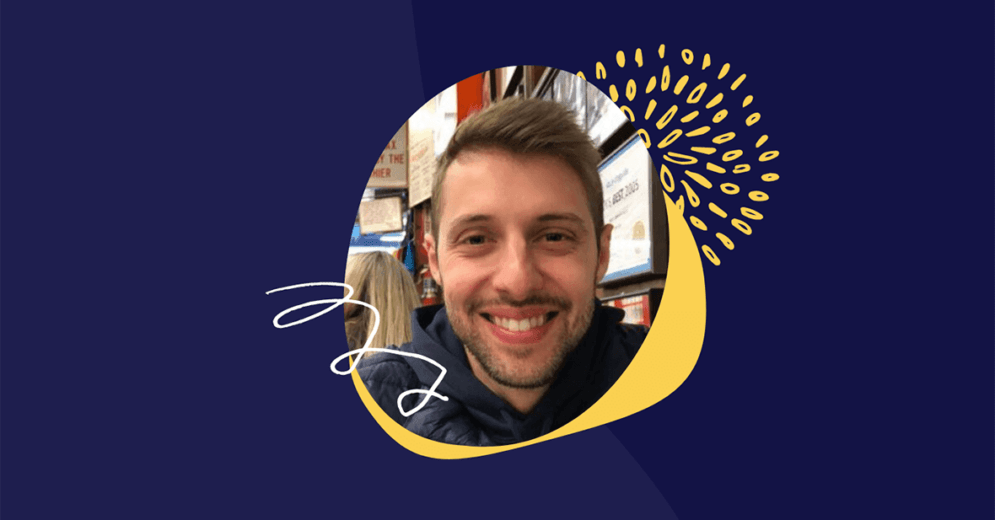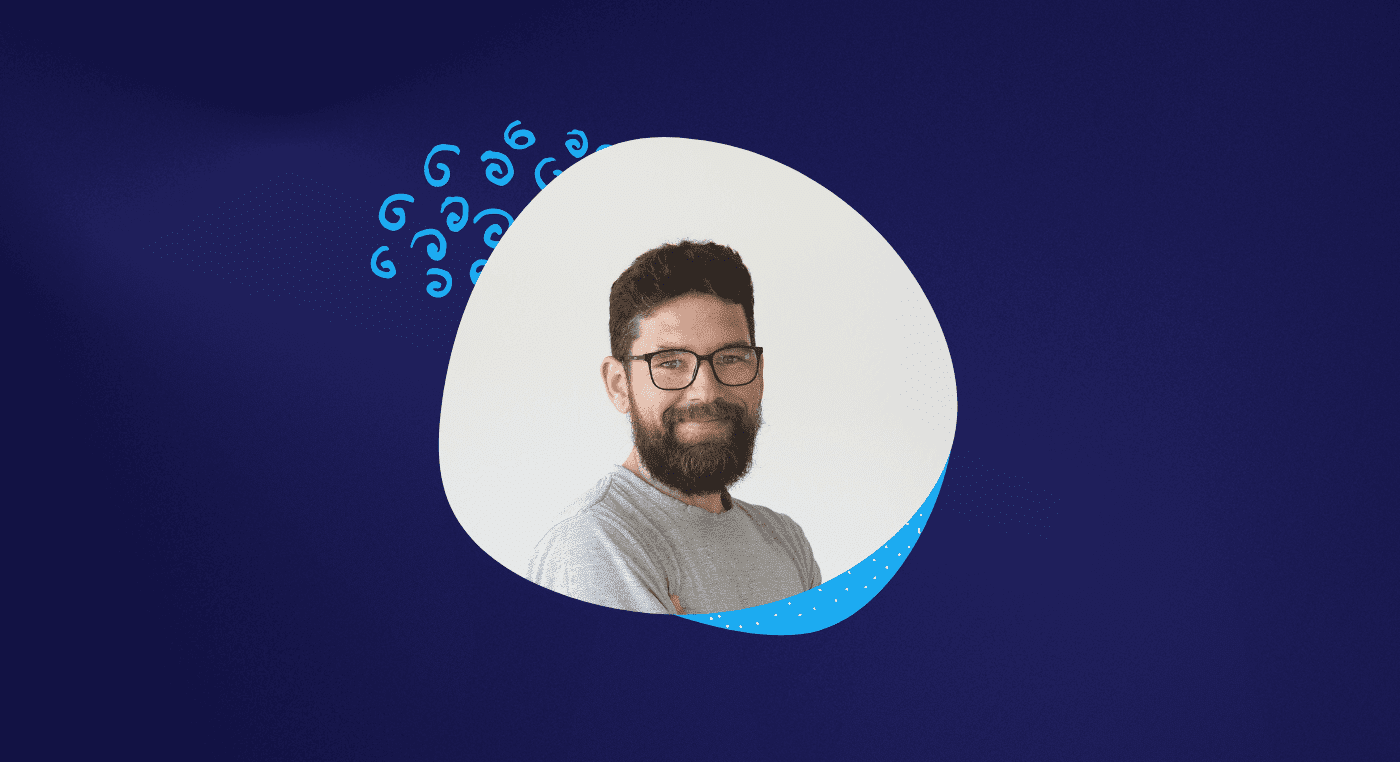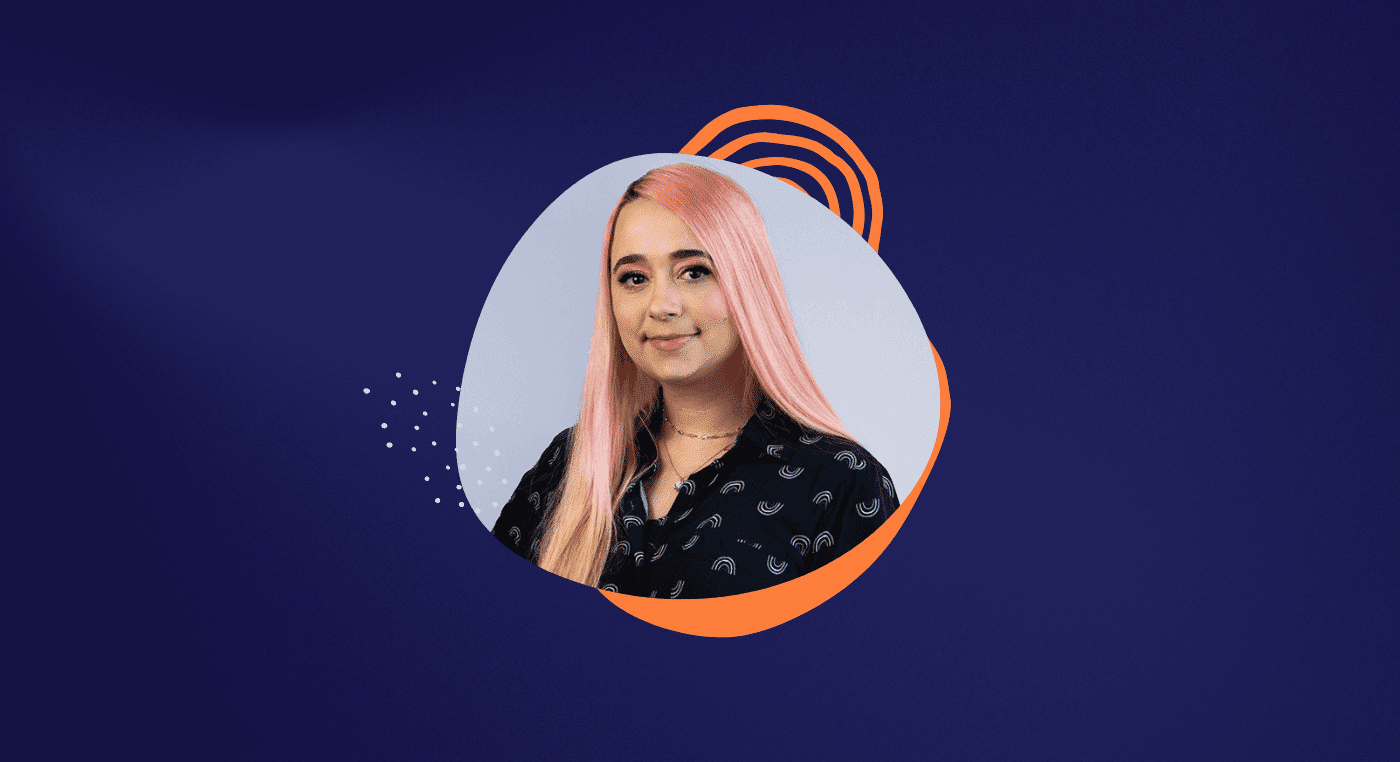Hello, Felipe! First of all, tell us a bit about your journey so far
I majored in industrial design in 2006. In the last year of the course, we had to choose a specialization, and I ended up choosing Graphic Design, mostly because of the job market at the time.
After graduating, I followed most people's path, which was to work in advertising agencies.
My work was exclusive to Graphic Design, doing campaigns, branding, folders, and that kind of thing. Everything was offline because there was nothing digital at the time.

I worked for a few agencies before deciding to pursue a solo career. In 2012, I started working as a freelancer and opened a small design office with one other person. That's when I finally had more contact with the digital world, like websites and apps.
I confess that before, I had a certain prejudice. I didn't like the digital part. But the demands were coming up, and there was no way out of it because the agency needed to make some money. So, I had to accept these jobs, I couldn't stay offline anymore.
After this, I started studying on my own and ended up enjoying digital design. In fact, I started to like it so much that today the scenario has changed: I hardly do graphic design, and I don't even like to do it anymore. As for the digital part, I fell in love with it.
What were, and still are, the biggest challenges in this change from Graphic to Digital?
I believe there is a technical challenge since they are different fields of knowledge. But, in a broader sense, you do have concepts that are the same, such as typography and color theory.
But in a more specific sense, the technical concepts are very different. For example: preparing the file for printing, paper formats, and types of paper, and on the digital side, we have different screen formats and types of devices.
My greatest challenge was mainly in the UX part. The UI was not so complicated because I already had a certain experience due to the things I developed in my agency.
However, in the research part, the Discovery part, I didn't have it very clear in my head. So, this is my biggest obstacle, I am still studying and progressing in this part, but I am really enjoying the challenges.

Reading Tip: Design Thinking: Creating Innovative Solutions
How was your experience in finding your first job opportunity as a UX/UI designer?
The search process was pretty crazy because I started the Master Interface Design Bootcamp in December 2017 and, at the same time, I started listening to Aela's podcasts, and watching the videos and lectures.
In short, I was getting a taste for everything you guys were posting. I followed all the tips and started updating my LinkedIn, changing my resume to English. In short, I did everything the mentors said.
One day I just said, "oh, I'm going to take a test". That was completely unpretentious. So I started looking for some jobs on LinkedIn to see what was happening, but I had no expectations of getting a job in UX at that time. Thought I would only get an opportunity at level 3 or 4 of the course.
But to my surprise, it was much better than expected. I even said: "it's not possible; this is working out too well." As Felipe always says, this field is really booming. It was still January (2018), a time of the year when nobody hires, the season of festivities, and vacations. However, even so, I got called for interviews.
Recruitment processes
I went through five recruitment processes at the same time. One at Quinto Andar, a startup that outsources the whole process of renting properties, guarantors, etc.
At Fjord, which is the digital division of Accenture. Another one at FTD, which is an education publishing house, and now they are opening a digital division to turn all their books into apps. A at Catho, a company that provides job opportunities, and also at DogHero.
All the processes were very similar, except for Catho, which I found through LinkedIn. This is pretty cool because I don't have LinkedIn Premium or anything like that, but I did follow all the tips given by Aela's mentors to the letter.
In all interviews, I showed 2 fictitious cases that I put together because I didn't have much in my portfolio. These cases showed the UX process in depth, from ideation, through persona, research, and brainstorming.
I did these cases following what was taught in the course, even though I wasn't very advanced in the levels yet. I looked at some classes and researched a lot on the internet and in books.
These 2 cases were what saved me in the interviews. My portfolio had a lot of digital stuff, but they only showed the final result of the screens, it was far from being a description of the whole process.

Reading Tip: Pivoting Your Career: What Is UX Design?
Final Stage
To my surprise, I advanced in all recruitment processes except for Quinto Andar.
I was extremely surprised because I was only testing the market and my knowledge, not expecting a real offer yet. And suddenly, it was time to choose which of these excellent companies I would like to work for.
In the end, I decided on DogHero, precisely because of the UX demands. I believe the challenge and my evolution will be much better there. Since it is a startup, I will end up doing a bit of everything, both UI and UX, I will have to go into the field, talk to users, run tests, and also prototype.
Tell us about how it is going so far at DogHero
DogHero is a startup with about 50 employees. They are like an Airbnb for pets. Here in São Paulo, they are growing a lot, they have already gone through some rounds of investment and are evolving, going international. They have already started in Argentina and are expanding to Mexico soon.
I've just started in the company, less than a month. For me, the experience is very different because I spent about 4, or 5 years working as a freelancer, just one other person and me, and now I'm in a company with a lot of people, several departments, etc.
Something very interesting that I realized is that the company culture is very strong, and the founders make a point of handpicking people so that everyone shares similar values.
I am enjoying it very much. The way everyone is engaged with the company, and how well I was welcomed by everyone. In fact, they have a very nice onboarding process: in the first two days, I just talked to several areas that explained how the company works. It was very well organized.

What, in your mind, was impossible to do before starting the MID Bootcamp, that has now become a reality?
Definitely the UX and research part. I really had no idea. Even though I was self-taught in UI, my UX knowledge was zero. I didn't even know what the concept was.
Not only MID opened my mind, but also the advice and tips that Felipe and all the mentors constantly share on social media.
Paying attention to the various channels available today, like social networks, podcasts, and lectures on YouTube, is also important. Not only the course itself.
You can also get many tips from books. I bought 5 or 6 essential books. In addition to tips from other channels, like who to follow on Facebook, tips on how to behave on LinkedIn, how to build a resume, etc. I remember that they gave examples of great resumes and portfolios.
Anyway, I think all of this contributed to me getting my first job in UI/UX design so quickly.
Reading Tip: Information Architecture: How to Organize UI Content
What are your professional plans for the future?
I plan to finish the whole course by the end of this year and start evolving more and more in the UX area.
I also want to go deeper into agile methodologies and study Design Thinking. Get out of the visual part a little. In this field, for you to grow, you need to add research, intelligence, and planning to the visual.
As for my career, I haven't really thought about it yet, because I just joined DogHero. But an evolution from where I am would be to become a PO (Product Owner), a PM (Product Manager), or something like that.
Toptal is something I want to get into in a few months. From what Felipe and the mentors say, it is very good, and I am interested.
If someone wants to migrate today from Graphic Design to UX/UI, what advice would you give to that person?
Today, with the internet, we can find everything. I even discovered the Master Interface Design Bootcamp while I was browsing.
So, follow UX experts on YouTube and LinkedIn; try to identify the main influencers, follow these people, and absorb everything they talk about.
Also, I believe that books are very important. There are some basic books that you have to read, like "The Design of Everyday Things" and "Don't Make Me Think"; in short, several books are mandatory.
And then look for a course, but something more in-depth, like Aela's Bootcamp. Don't choose a course that is too basic. I myself am already considering taking other courses in a few months, like an Interaction Design Foundation course.
But the main thing is that you have to be very passionate. I think that was the main thing for me. You got to have a sort of fire in your gut, a change of mindset, you have to say to yourself, "I'm going to make it somehow, I'm going to do it"; then you dedicate yourself 24 hours to it.








